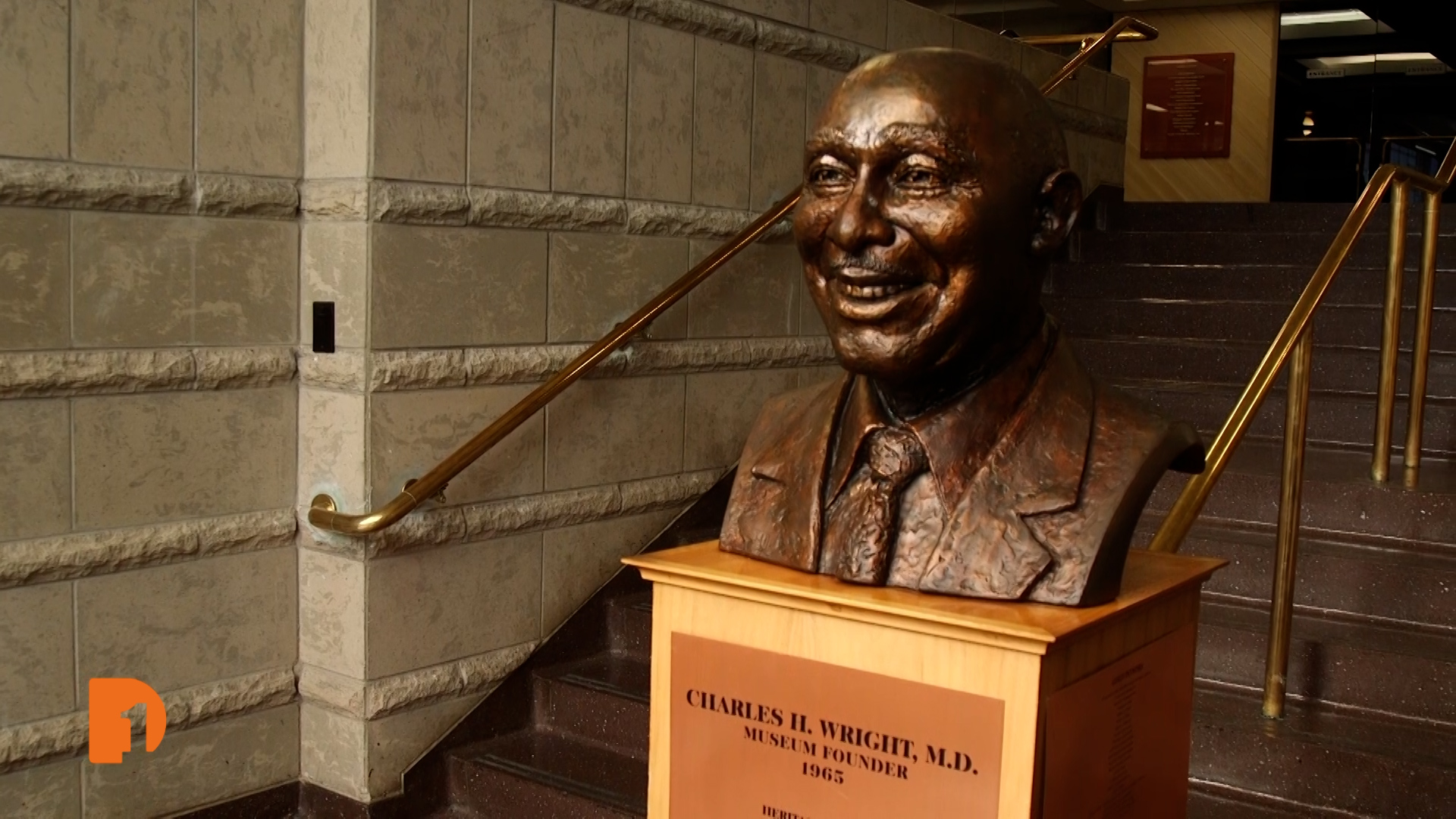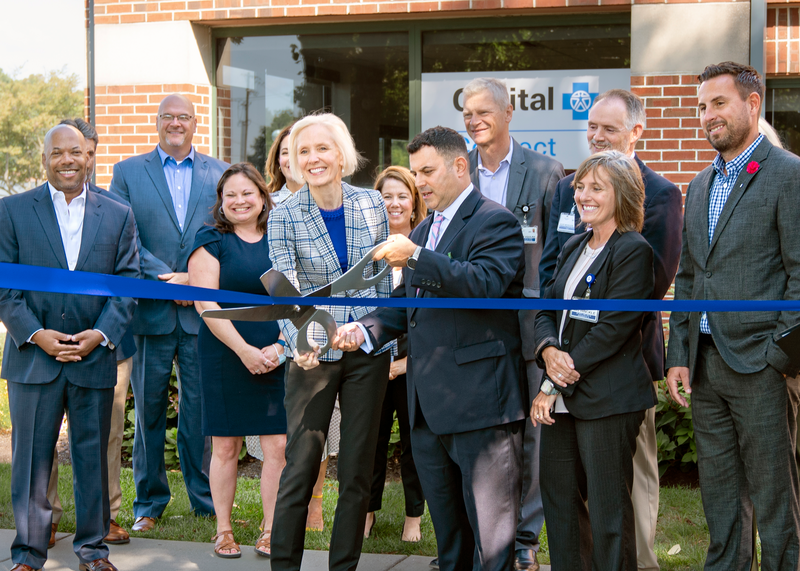- Fri. Apr 26th, 2024
Latest Post
A.J. Brown signs 3-year, $96 million contract extension with Eagles
The Philadelphia Eagles have secured star wide receiver A.J. Brown for the long term by signing him to a three-year, $96 million contract extension with $84 million guaranteed. This deal…
Charles H. Wright Museum utilizes advanced technology to enhance exhibits and expands theater offerings
Since 1966, The Charles H. Wright Museum of African American History, known affectionately as The Wright, has been a source of education on African American history for both Detroit residents…
Thalia Kicks Off Latin AMAs 2024 With Exclusive Premiere of ‘Te Va a Doler’ Remix
David Cabrera is coming to you from the Latin American Music Awards with some amazing performances and incredible energy. Thalia kicked off the show with the world premiere of the…
Give to WellSpan Health – Make a Difference
Joe Nichols had always considered himself to be in good health until he experienced a series of serious heart issues that changed his perspective. Surviving cardiac arrest, heart blockages, and…
Follow live updates and keep track of picks in the 2024 NFL Draft
The 2024 NFL Draft has arrived, and several teams are rumored to be looking to trade up to acquire some of the top prospects in this draft. Will the Minnesota…
Westamerica Bank’s First Quarter Earnings Decline
Westamerica Bancorporation (Nasdaq: WABC) recently announced first-quarter earnings totaling $36.4 million. While this amount is slightly lower than the earnings from the previous quarter and last year’s first quarter, the…
WellSpan Health Featured in The Newsroom
WellSpan is the premier health care system serving South Central Pennsylvania and Northern Maryland. Our innovative approach to healthcare is focused on providing comprehensive and equitable solutions for health and…
Building Blocks of WellSpan Health
The health and wellness of our communities rely on the generosity of our donors. By giving to WellSpan, donors help us improve the quality of care we provide through facility…
Giving Students a Voice: Addressing the Mental Health Impact of School Shootings.
The recent shooting death of a student at Bowie High School in Arlington has sparked fear among teenage students across the nation, according to TCU Psychiatrist and Professor Dr. Cheryl…
Gleaning Lessons from Finland: How Sweden is Preparing for Possible Expansion of War in Europe
The red brick building with its gray cooling towers in Malmö’s northern harbor symbolizes Sweden’s preparation for an uncertain future. The decommissioned power plant located near the Juutinrauma beach was…



